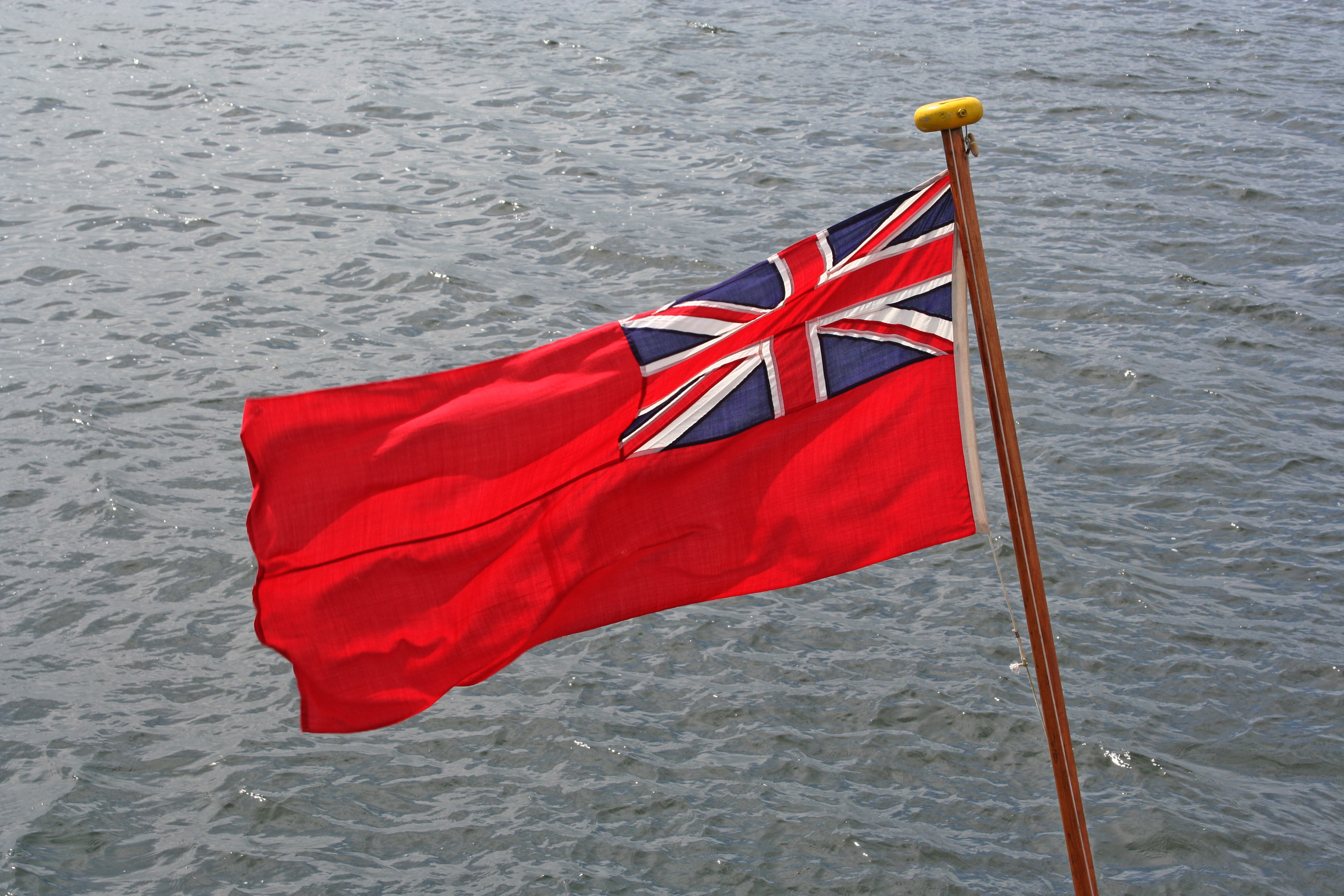The following was prepared as background for an Introduction to Genetic Genealogy session at the Ottawa Public Library on 30 January, now full, which there won't be time to mention.
Total records and Y-DNA records in the Family Tree DNA database have increased steadily over the past five years, with a jump in the spring of 2013. Why the jump? FTDNA incorporated all the Y-DNA and mtDNA results from the first phase of the Genographic Project into their database. Information from Debbie Kennett is that unless someone actually made the specific Genographic transfer the results aren't incorporated into the matching database but they are included in the haplogroup origins reports.
After the jump Y-DNA records were 75% of the total and is now down to 72% as popularity of other tests have grown, likely mostly Family Finder for which the company does not report statistics - estimated in the range 200 to 300 thousand.
What matters to the genealogist client is their matches. I've had no new 67 marker matches, even out as far as genetic distance 7, since 2011. At 37 markers there was one new genetic distance 3 match in 2015, the remainder date from 2011 and earlier. At 25 markers one match at genetic distance 2 was found in 2015, none in 2014.
Having an R1b haplogroup I have over 1,000 exact matches at 12 markers. Over the past four years an average 174 matches have been added annually.

Matches for my Family Finder (autosomal) DNA test at Family Tree DNA have been growing exponentially since 2010. In 2015 I had 605 new matches, a growth rate that should produce another 810 matches in 2016.
Many, averaging 94%, are remote cousin matches. Suggested relationship 4th cousin and closer matches keep increasing but not as quickly. In 2015 I had 32 of those closer cousin matches and already in 2016 there are another 5.











